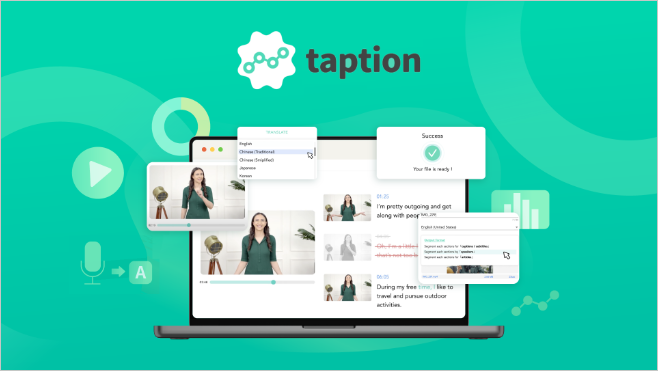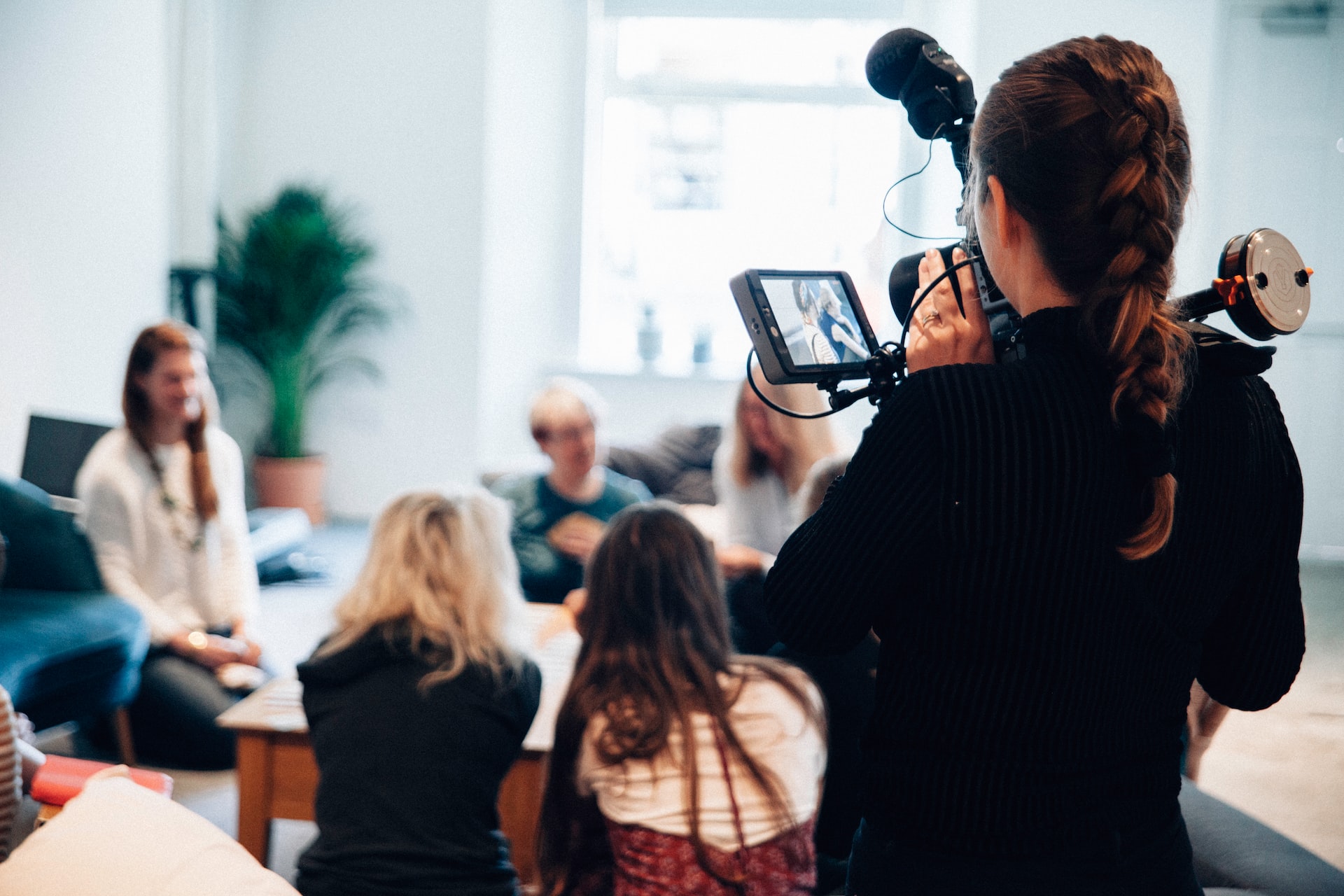I can’t help but roll my eyes at some recent takes on the impact of ChatGPT.
There’s a deluge of content being created on the subject, with so many outlets and commentators rushing to cover the subject. Yes, I’m also guilty of visiting this trough more than once.
I’ve returned to the subject as the general coverage seems to be missing the point of generative AI. It’s either a doomsday device or it’s a dangerous gimmick.
You’ll either read about how the tech will steal your job, produce factually inaccurate data or how it can be used for ‘productivity hacks’. Yes, those are shudder quotes because, frankly, if you need a chatbot to help you draft an email then you have bigger problems to worry about.
Simply using the tool should reveal that, while it is a marvel of technology, it has clear limitations. It’s regurgitation without the capacity for analysis. So, when I read Futuirism’s examination of an AI created article on low testosterone in men in Men’s Journal that contained “many inaccuracies and falsehoods”, I was more interested in editorial workflows than the errors.
How did Men’s Journal construct its AI prompts? Was the editor that reviewed the copy an expert in the subject matter? Was an editor even used or was it handed off to a proofreader? I don’t have the answers, but I do have suspicions.
The fact is that we’re not even close to being able to trust a machine with churning out complete work. I’ve been editing in the professional space since I wrangled a week’s worth of work experience back in 2005 and I can tell you this: I don’t trust humans (myself included) to put together an error-free first draft of their own thoughts.
There’s so much to learn about this technology. Even AI prompts are something of an emergent field.
As somebody who grew up loving video games (and who still does despite the lack of free time needed to enjoy them) I’m familiar with the concept of “emergent gameplay”. This is where game developers build a world with clear rulesets and players then find new and unanticipated ways of interacting with said world. A case in point being the Fuel Rats in Elite Dangerous.
I think there’s a parallel to be drawn between emergent gameplay and where we’re at with generative AI. It’s going to take a good deal of trial and error to understand how to get the most from tools such as ChatGPT, experimentation that’s going to take precious time.
If you’ve spent a little bit of time with ChatGPT then you’ll have a grasp on how prompts work. You might not have seen where it’s going, however, and if that’s the case then look at this YouTube video. This channel dives into the intricacies of how to construct a string of self-referencing prompts that goes much further than a few lines.
Content from our partners
Of particular interest to me, however, is the conversation in the comment section where it was pointed out that ChatGPT has a memory limit of 4,000 tokens (around 3,000 words), according to OpenAI.
There’s a growing community of users that are working together to find the most productive ways to use the tool. We all need to be trying to keep up with the power users as best we can. Liam Mannix argued this case in the Sydney Morning Herald, noting that those who learn how to leverage the technology could effectively become “AI-oracles”.This interview with Satya Nadella from mid-January, meanwhile, highlights ChatGPT’s potential for multiplying human productivity. Nadella pointed out that some of the best AI developers are already using AI to take over a lot of their repetitive tasks, allowing them to focus on more productive tasks.











